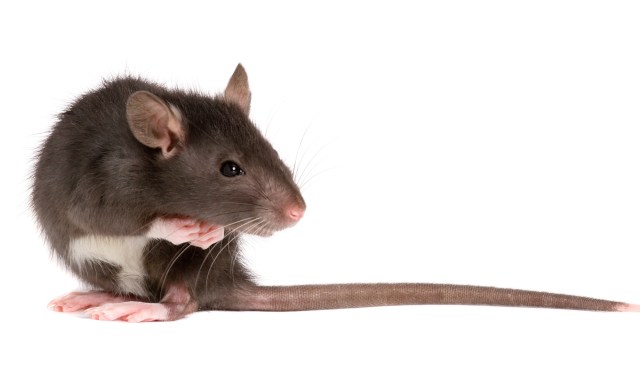Credit: Wildcat78, Getty

Last week, I wrote about a proposal to genetically engineer the extinction of New Zealand’s non-native predatory mammals – starting with rats.
I had hoped I wouldn’t need to return to the subject so soon, but according to a report by Sarah Knapton in the Telegraph there’s a proposal to use similar methods in the United Kingdom:
“Genetically mutated rats could be released into Britain to help tackle the growing problem with rodents, Edinburgh University has said.
“Scientists have launched a project to find out if genetically editing animals could provide a more humane method of pest control.”
As in New Zealand, the plan revolves around gene drive technology – a special form of genetic modification that would, in this case, achieve the seemingly conflicting goals of rapidly spreading itself through the target population while at the same time causing that population to crash:
“The technique suggested for rodents is known as ‘x-shredding.’ Male mammals have both an ‘x’ and ‘y’ sex chromosome, while females need two ‘x’ chromosomes.
“The scientists want to insert ‘x shredder’ code into the DNA of male rats which would destroy the ‘x’ chromosomes in their sperm, meaning they could only pass on a ‘y’ chromosome, so their offspring would never be female. With fewer and fewer females over time, the population would have to decline.”
This might seem like the stuff of science fiction, but it is just one of the possibilities opened up by the CRISPR gene editing technique. It also helps that the institute behind the project has a history of achieving the impossible:
“Professor Bruce Whitelaw, of the University of Edinburgh’s Roslin Institute, where Dolly the Sheep was created, said: ‘For the first time we have the makings of technology that could reduce or eliminate a pest population in a humane and species-specific manner.
“‘Crispr is perhaps the most exciting tool that has ever hit biology, and it is a fantastic tool for us to pull apart the function of genes and how the animal or plant functions.
“‘It’s time to explore what this technology can do.’”
However, just because we can do something (or at least try to do something), it doesn’t mean that we should:
“…researchers said there was the possibility that genetically modified animals could ‘escape’ the target population and ‘affect extraneous ecosystems’.”
Exploring the technology under laboratory conditions is all well and good. But if its effectiveness is proven, the pressure to deploy it out in the wild could become overwhelming. The ten million rats that inhabit the UK are not best-loved – and they’re becoming increasingly resistant to the poisons we use to control their numbers.
Of course, most of them aren’t ‘out in the wild’ but in our cities, towns and villages: scurrying through sewers, skulking in basements, climbing up through wall cavities – and always looking for a way in to the food stores and the warmth that we produce for our needs, but also, unintentionally, for theirs.
If you’re even vaguely normal, your skin will be crawling by now – and you’ll be able to understand just how tempting it would be to use new genetic weapons against one of mankind’s oldest foes.
Yet this is a true Pandora’s Box. The general release of modified rats could not be limited to areas of human habitation; it would spread out into the natural environment. Nor would it be held back at our political borders; not even those of an island nation.
And would we really stop with rats? We’d surely also target other urban pest species – such as mice and pigeons, and perhaps feral cats and dogs too. Meanwhile, farmers would want to target rural pests including rabbits, foxes, badgers, deer and various birds.
We’d make even more of an ecological desert of the countryside than we have already – and that’s before we get to the unintended consequences of taking entire species out of the food chain.
I don’t doubt the need to keep certain species out of certain areas (especially our homes and workspaces). However, gene drives would be a dangerously uncontrollable form of pest control.










Join the discussion
Join like minded readers that support our journalism by becoming a paid subscriber
To join the discussion in the comments, become a paid subscriber.
Join like minded readers that support our journalism, read unlimited articles and enjoy other subscriber-only benefits.
Subscribe